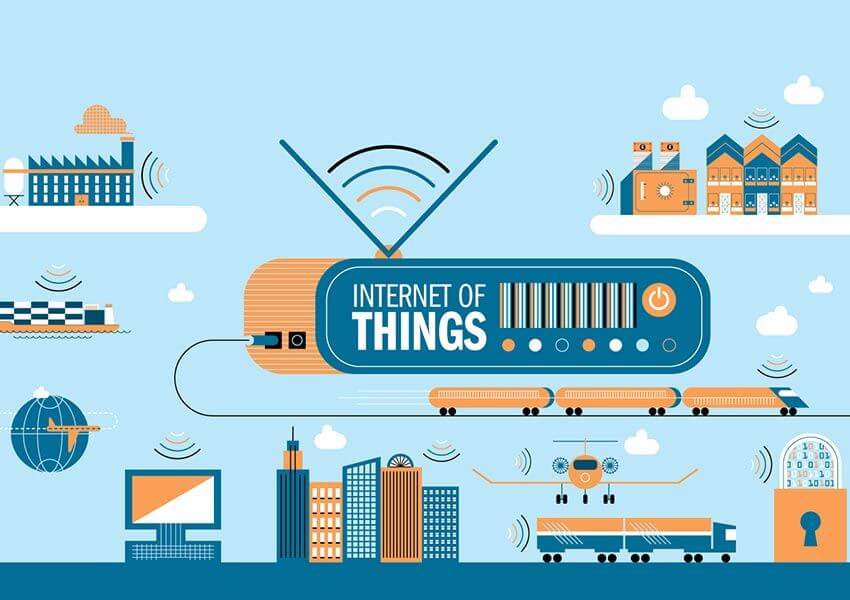5 Ways IoT Will Transform Operational Efficiency in Supply Chains

In today’s world, supply chains are not just about tracking the product and IoT offers an opportunity to gain an edge over competitors and build a unique brand. According to research by Gartner, by the year 2020, more than 50% of the major new business, will incorporate within their operation-systems some element of IoT. A staggering number of up to 26 billion ‘smart’ devices will be installed, which will generate a revenue of almost $300bn. This thirty-fold increase of physical devices that are internet-connected, according to Gartner, will alter significantly how a supply-chain operates.
IoT hence is set to revolutionize supply chains in terms of operational efficiencies, with the kind of transparency it brings, here’s how:
- Asset Tracking: Methods like tracking numbers and bar codes, which have been the norm for long, will become outdated with IoT. New methods like RFID and GPS sensors would be able to track the product from manufacturing to the store. The sensors will also be able to store granular data, from temperature to the time in transit, to even the amount of time it took to fly off the shelves. IoT can help companies optimize quality control, deliveries, forecasting, etc.
- Vendor Management: According to IBM, 65% of the actual value of the products of a company, is dependent upon its suppliers. In this case, hence, the data gathered with asset tracking is quite essential, as it enables tweaking of production schedules for companies, while also recognizing vendor relationships that may be sub-par. Identifying viable vendors means better-quality of goods, which translates to better customer relationships and higher customer retention.
- Inventory and Forecasting: IoT sensors are capable of providing much more accurate inventories than managed by humans. For e.g. Amazon uses Wi-Fi robots for the tracking and triage of its orders, via QR codes. Minimizing error and attrition aside, the data can also be used to find trends that can increase the efficiency of manufacturing schedules.
- Fleet Connectivity: With supply chains continuing to grow upward and outward, ensuring that all the carriers are connected is quite imperative. Data gathered is again quite important here, as it can help in emergency assistance, as well as dealing with traffic issues better, ensuring faster delivery. For e.g. Maersk after years of pilot projects has now over 290,000 intermodal containers, connected via IoT
- Maintenance: Helping in preventing downtime that can be very costly, IoT can also help as planned as well as predictive maintenance via sensors on manufacturing floors.
Research has shown that almost 70% of retail/manufacturing businesses around the world have begun to transform their supply chain processes via technological implementations. Technologies like IoT and blockchain is where the future lies and will make all the difference when it comes to gaining a competitive edge. What do you think about the implementation of IoT and the changes it can bring?
Tell us more in the comments section below.
